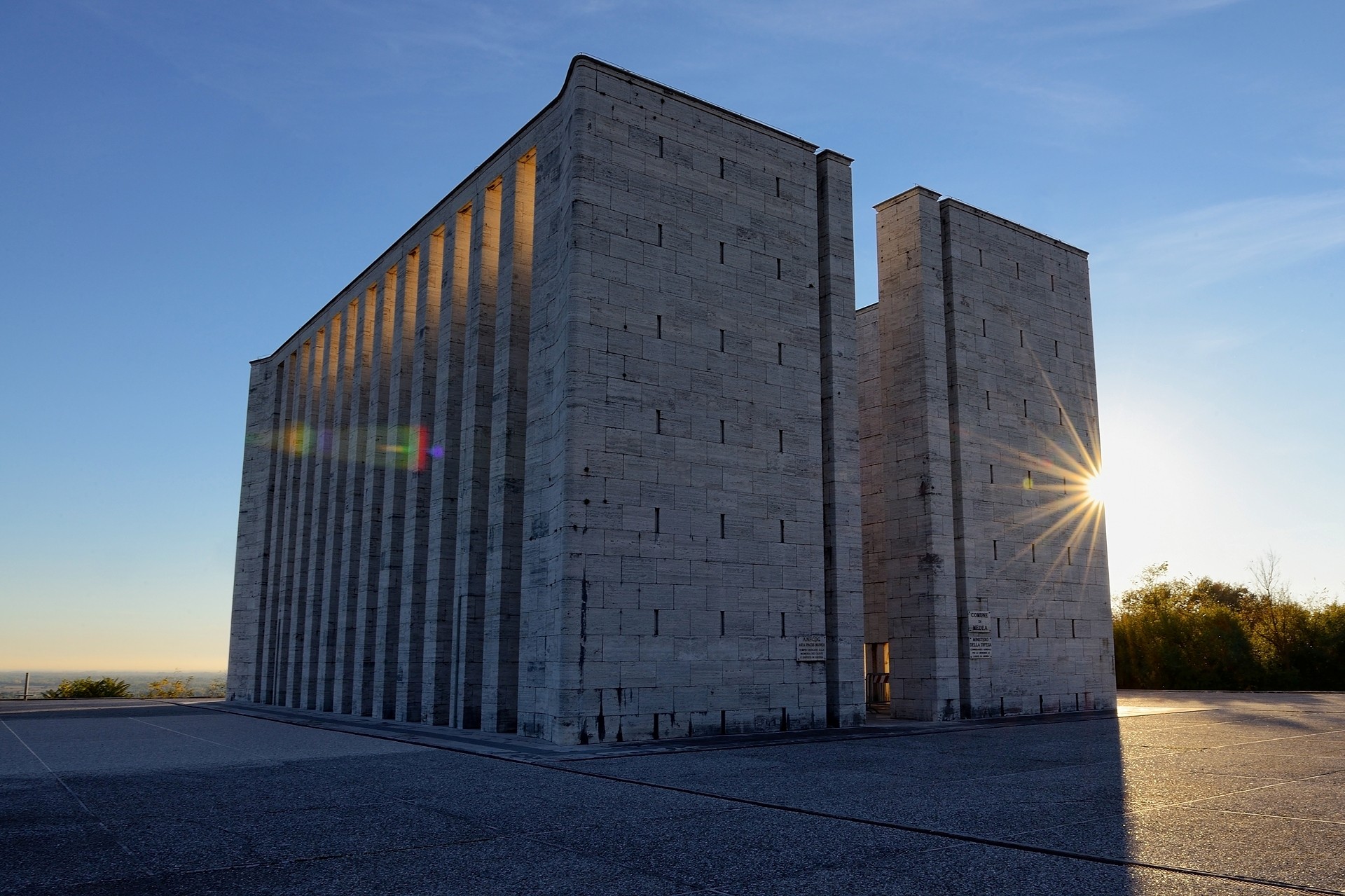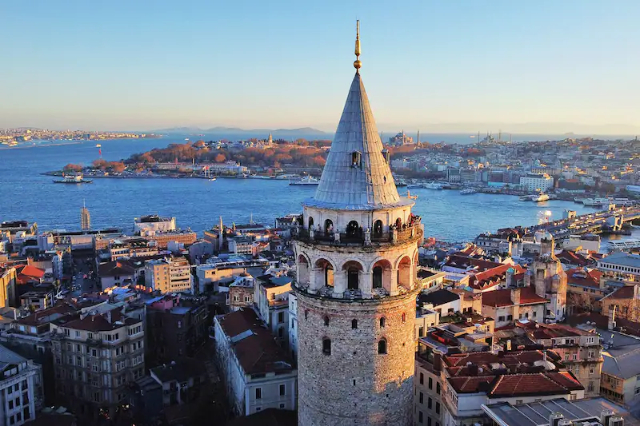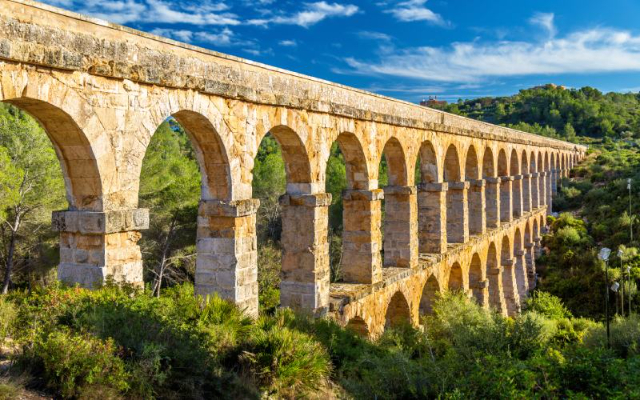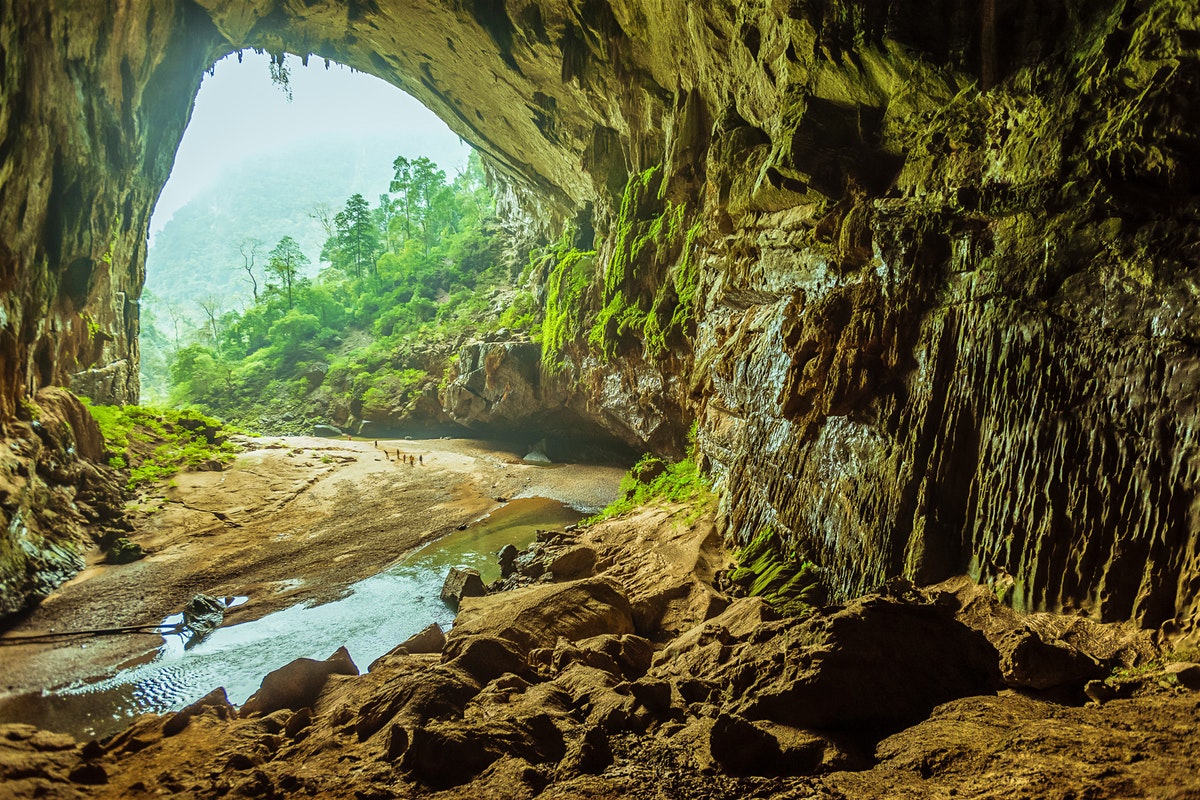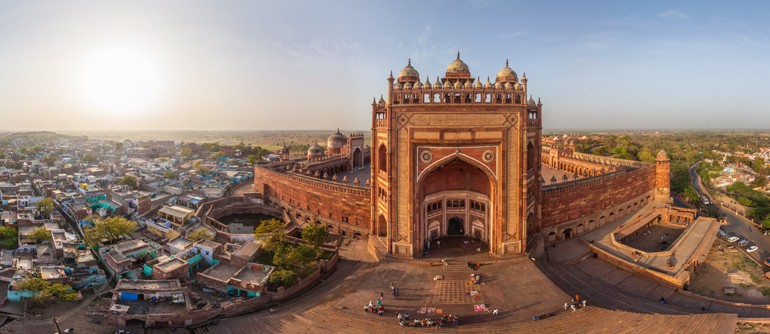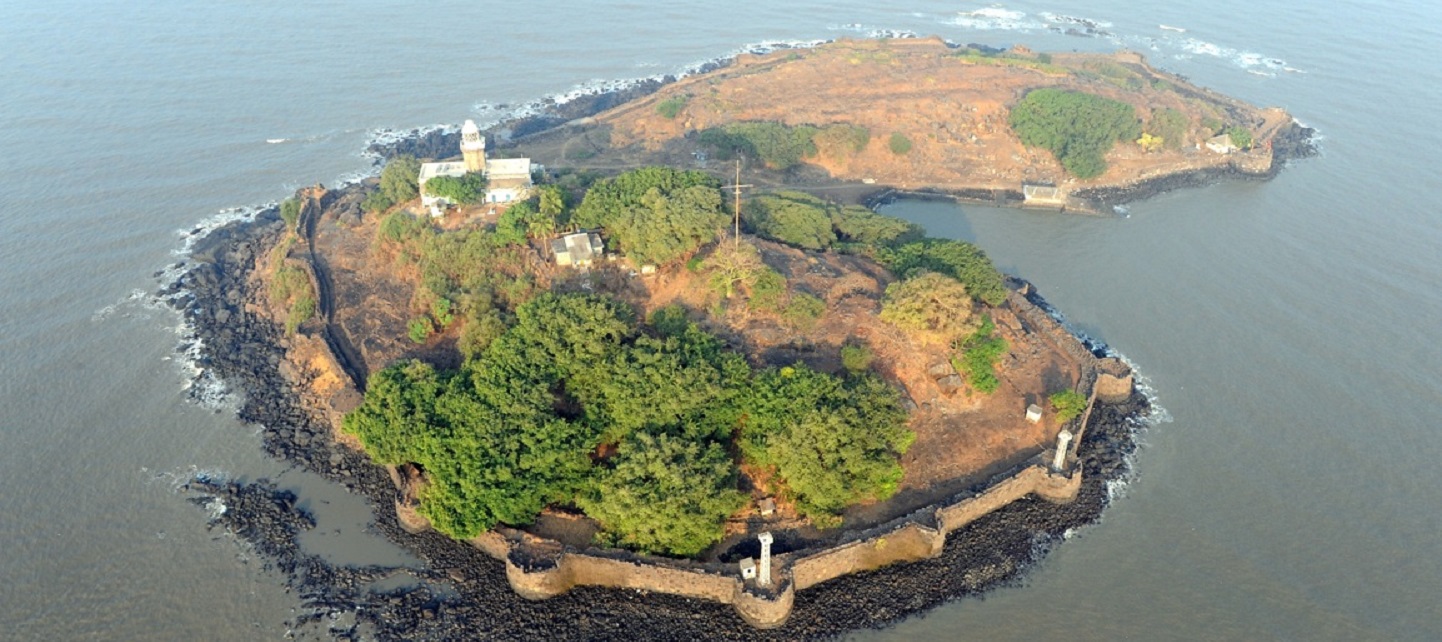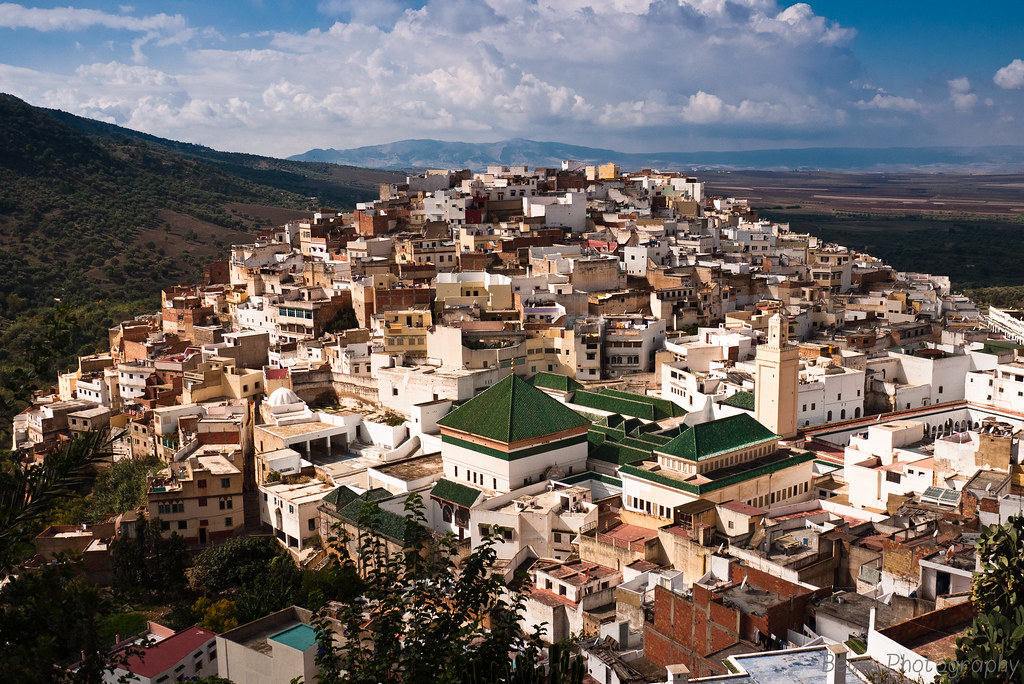The Ara Pacis Mundi of Medea is a monumental complex created in 1951 with the intention of symbolically remembering the fallen of all wars. The initiative was born after the horrors of the Second World War from a project of a National Committee formed by the main associations of former combatants and the Pontifical Commission of Assistance. The hope was, through this monument, to symbolically lead man towards peace and brotherhood without resorting again to war and its tragedies.
The destination chosen was the hill of Medea, a small village on the Friulian plain halfway between Gorizia and Palmanova, already the observation point of King Vittorio Emanuele III during the Great War on the Isonzo. At the top of this hill, 135 metres above sea level, at the end of December 1950 work began on the project by the Milanese architect Mario Bacciocchi and directed by the engineers Sirtori and Mocellini.
The construction, imposing from the point of view of the materials used, occupies an area of 1500 square metres and was completed in less than six months. A flight of steps from the parking lot leads up to the Ara Pacis surrounded by an imposing fence in travertine marble. The north and south facing sides are open to the centre while the east side is formed by 14 close coupled pillars 13 metres high. Inside is the actual altar, made of porphyry from Val Camonica, which is square in shape, three metres long and five metres high.
Inside this altar there is an urn made of wood and bronze with the inscription Odium parit mortem, vitam progignit amor ("hate produces death, love generates life"). The urn contains the clods of earth of the 800 war cemeteries in Italy (including foreign ones) and after the blessing on the Altare della Patria in Rome, it was transferred to Medea where it was placed on May 6, 1951.
